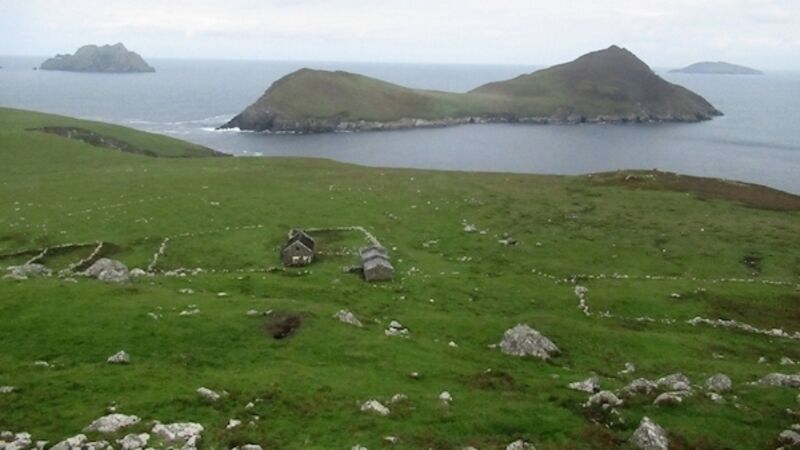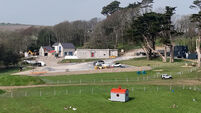Islands of Ireland: Inishvickillane

Sitting high on the cliffs of eastern Inishvickillane the view eastwards to the other Blaskets is simply extraordinary, writes .
It is one of the six main Blasket Islands which lie just off the Dingle Peninsula in Co Kerry. There are two other very small islands: Oileán Bui, Oileán na nÓg, and three islets: , , and .













